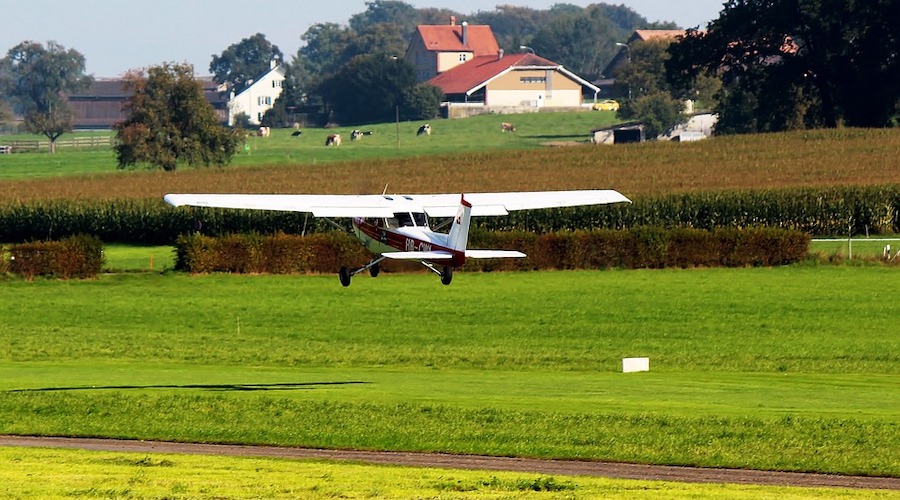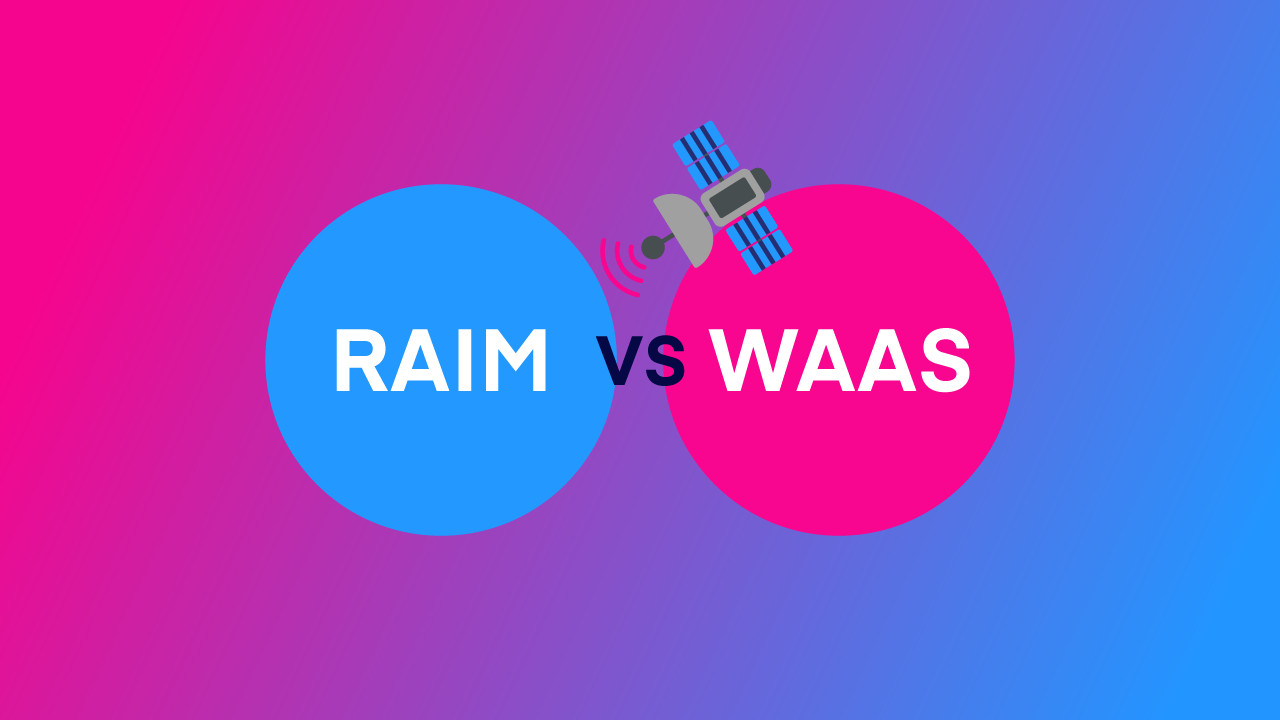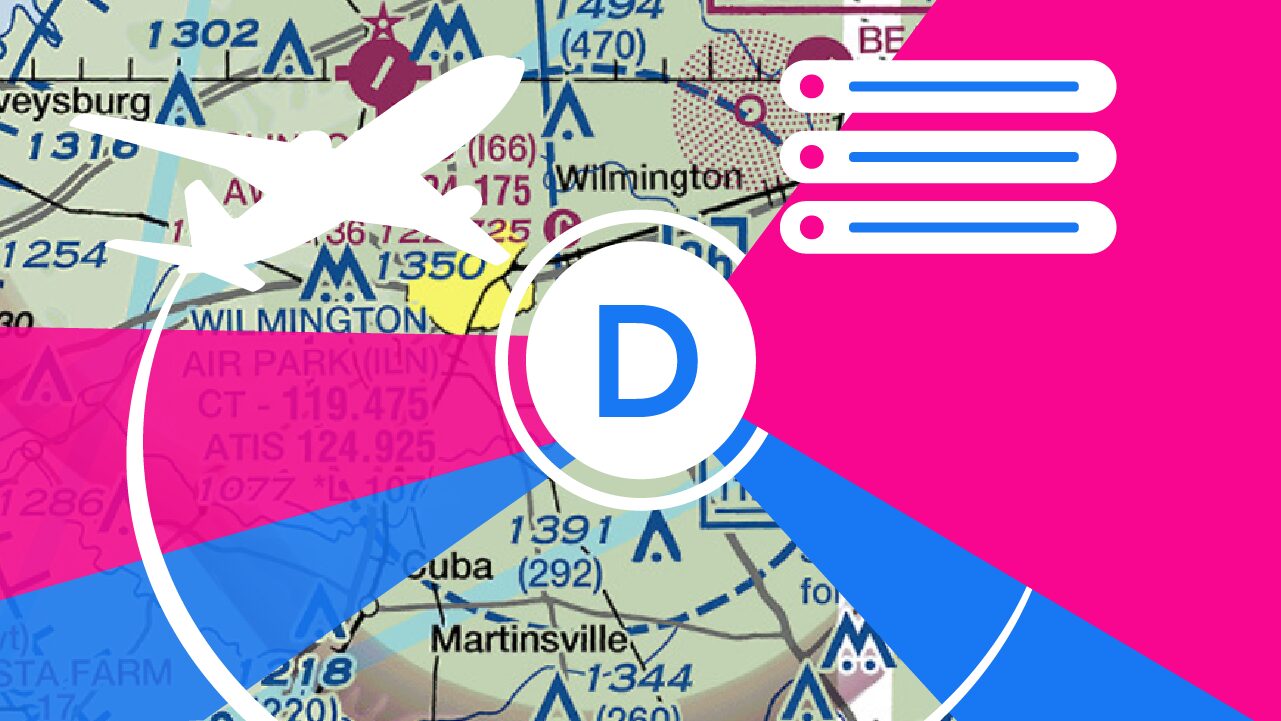| Pilot Certificate | Minimum Age |
| Student Pilot License | 16 years (or 14 for gliders and balloons) |
| Sport Pilot License | 17 years (or 16 for gliders and balloons) |
| Recreational Pilot License | 17 years |
| Private Pilot License | 17 years (or 16 for gliders and balloons) |
| Commercial Pilot License | 18 years |
| Flight Instructor Certificate | 18 years |
| Airline Transport Pilot License | 23 years (or 21 for a restricted ATPL) |
The Federal Aviation Administration (FAA) regulates civil aviation in the US, part of which is pilot certification.
Obtaining a pilot’s license entails meeting certain eligibility requirements, which include a minimum age.
So, how old do you need to be to get your pilot’s license?
Well, it depends on two factors:
The type of pilot license and the sort of aircraft you want to fly.
Are you old enough to become a pilot? Read on to find out.
Student Pilot License
You might be surprised to know that you don’t need a pilot license to take flying lessons.
However, you do need a student pilot certificate before flying solo.
How old do you need to be to get it?
14 years, but only if you’re learning how to fly gliders or balloons.
For all other aircraft, you must be at least 16 years old.
Why the difference?
Because gliders and balloons are significantly less challenging to fly than, say, helicopters.
But being a student pilot is only a temporary phase in your flight training. Essentially, the certificate permits to log solo flight time towards a higher certificate.
Sport Pilot License
You got a few options if you want to fly for fun, one of which is becoming a sport pilot.
As a sport pilot, you get to fly light sport aircraft.
Learning to pilot such aircraft is easy, which is evident by the low number of hours required to get a sport license.
If you’re training on gliders or balloons, you must be at least 16 years old to apply for a sport pilot license.
The minimum age goes up to 17 years for all other aircraft, though.
But the sport pilot license is quite limiting. For example, it allows you to fly only during daytime.
Therefore, you might want to consider the next license.
Recreational Pilot License
Compared to sport pilots, you may fly bigger, more powerful aircraft as a recreational pilot.
You could also lift most limitations through instructor endorsement.
Night flying, for example, becomes permissible after completing proper training.
But with more privileges, your flight training becomes a bit more intense.
Becoming a recreational pilot requires at least 30 hours of flight time, compared to 20 hours for sport.
How old do you need to be to get a recreational pilot license?
17 years, which is basically the same minimum age for issuing a sport pilot license.
Both sport and recreational are good options if you want to fly for personal enjoyment.
But to take your pilot skills to the next level, you have to upgrade your license.
Private Pilot License
Do you want to fly any aircraft?
You could do so with a private pilot license, but you must receive the appropriate ground and flight training. You may not fly for hire, though.
But you could share aircraft rental fees, gas cost, and other flight expenses with your passengers.
Yes, passengers. Plural.
Sport and recreational pilots get to carry only one person, but you can carry several passengers as a private pilot.
What’s the catch?
It takes double the flight time to get your private pilot license compared to sport. Sometimes, even more than double.
Funny enough, the minimum age requirement is the same for the two.
16 years for gliders and balloons, and 17 for all other aircraft categories.
If you want to work for an airline one day, though, a private license isn’t enough.
Commercial Pilot License
As the name suggests, the license allows you to fly for commercial purposes.
You may even get paid to fly, but for a limited number of aviation activities.
On its own, a commercial pilot license doesn’t allow you to carry passengers or cargo for hire. You could, however, make money performing banner towing, agricultural applications, and photography.
Wondering how old do you need to be to get a commercial pilot license?
Well, the minimum age is 18 years.
It’s truly fascinating that you can fly an airplane while still in your teens.
Airlines favor pilots with substantial flight experience, though.
And experience takes time.
You need to log hundreds of flight hours to become an airline pilot.
So, how to go about it?
Flight Instructor Certificate
Becoming a flight instructor is a common way to accrue the required hours for an airline job.
Flight instruction allows you to get paid while helping others learn the tricks of the trade.
Pretty cool, right? But it’s not the only upside.
You also keep your piloting skills sharp while demonstrating flight maneuvers to your students.
Here’s the great part, though:
You could get the certificate at 18 years old.
That’s the same age you need to be to get a commercial license.
Although rewarding in its own right, a flight instructor job often makes for a means to an end.
Ideally, you want to do it until you get enough flight time for the next license.
Airline Transport Pilot License
Are you serious about becoming a professional pilot?
Then you need to get an airline transport pilot license (ATPL), which constitutes a prerequisite to act as a flight crewmember in scheduled airline operations.
Getting you ATPL requires high levels of aeronautical knowledge, piloting skill, and flight experience.
That adds up to a whopping 1,500 hours.
Oh, and you must be at least 23 years old.
Well, if you want an unrestricted ATPL.
You could get a restricted ATPL, which requires less flight time, at 21 years of age.
What’s different between unrestricted and restricted?
Simply put, a restricted license allows you to fly as a first officer only, but an unrestricted one permits you to become an airline captain.
Conclusion
Pilot licenses aren’t made the same.
Each has its requirements, among which is how old you need to be to get that particular pilot license.
Obtaining higher pilot certification usually means a higher minimum age for its issuance.
A case in point is that you could get a student pilot license at 14 years old, but you must be at least 23 to become a certified airline transport pilot.
Most start young, but some pilots get their licenses well into their adulthood.
Age matters little as long as you have the aeronautical knowledge, experience, and skills to operate an aircraft safely.



